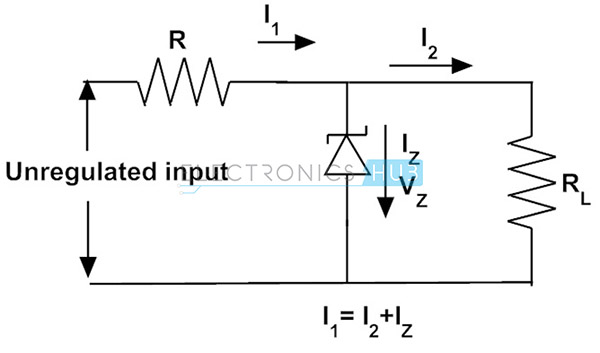Hi Guys, long time since I've posted but I hope you may be able to advise me.
I'm building an amp using a kit I bought that uses the LM3876T chip. The design was in Silicon Chip March 1994 issue.
No real problems with that.
The pre amp is a kit I bought that uses 2 x Raytheon JAN6418 sub-minature pentodes.
The idea for the amp is a light weight guitar amp to use for playing jazz.
I'm looking for a clean sound and with the tubes for the pre amp, a bit of warmth. And because of my age, lightweight.
I plan to use a 10" Jensen MOD speaker rated at 50 watts, the same as the power amp
and mount this all in a 12" cube made from 12mm thick marine ply. Open backed.
Now the power supply, I'm using a toroidal trans and after rectification it will supply +/- 35Vdc rails.
The pre amp is made to use a 9v battery as it only draws 11mA.
Now if I place a voltage divider on the + 35v rail, to draw off 9v for the pre amp,will that affect the pwr chip too much?
What sort of voltage drop should I expect on the 35v rail.
If it does have too much of an effect, is there a way of balancing up the -35v rail to even the voltages out?
I'd rather have one pwr supply but do have a small pwr trans I could use for the pre amp if I have to.
Hoping you can help. Cheers Col.
I'm building an amp using a kit I bought that uses the LM3876T chip. The design was in Silicon Chip March 1994 issue.
No real problems with that.
The pre amp is a kit I bought that uses 2 x Raytheon JAN6418 sub-minature pentodes.
The idea for the amp is a light weight guitar amp to use for playing jazz.
I'm looking for a clean sound and with the tubes for the pre amp, a bit of warmth. And because of my age, lightweight.
I plan to use a 10" Jensen MOD speaker rated at 50 watts, the same as the power amp
and mount this all in a 12" cube made from 12mm thick marine ply. Open backed.
Now the power supply, I'm using a toroidal trans and after rectification it will supply +/- 35Vdc rails.
The pre amp is made to use a 9v battery as it only draws 11mA.
Now if I place a voltage divider on the + 35v rail, to draw off 9v for the pre amp,will that affect the pwr chip too much?
What sort of voltage drop should I expect on the 35v rail.
If it does have too much of an effect, is there a way of balancing up the -35v rail to even the voltages out?
I'd rather have one pwr supply but do have a small pwr trans I could use for the pre amp if I have to.
Hoping you can help. Cheers Col.



Comment